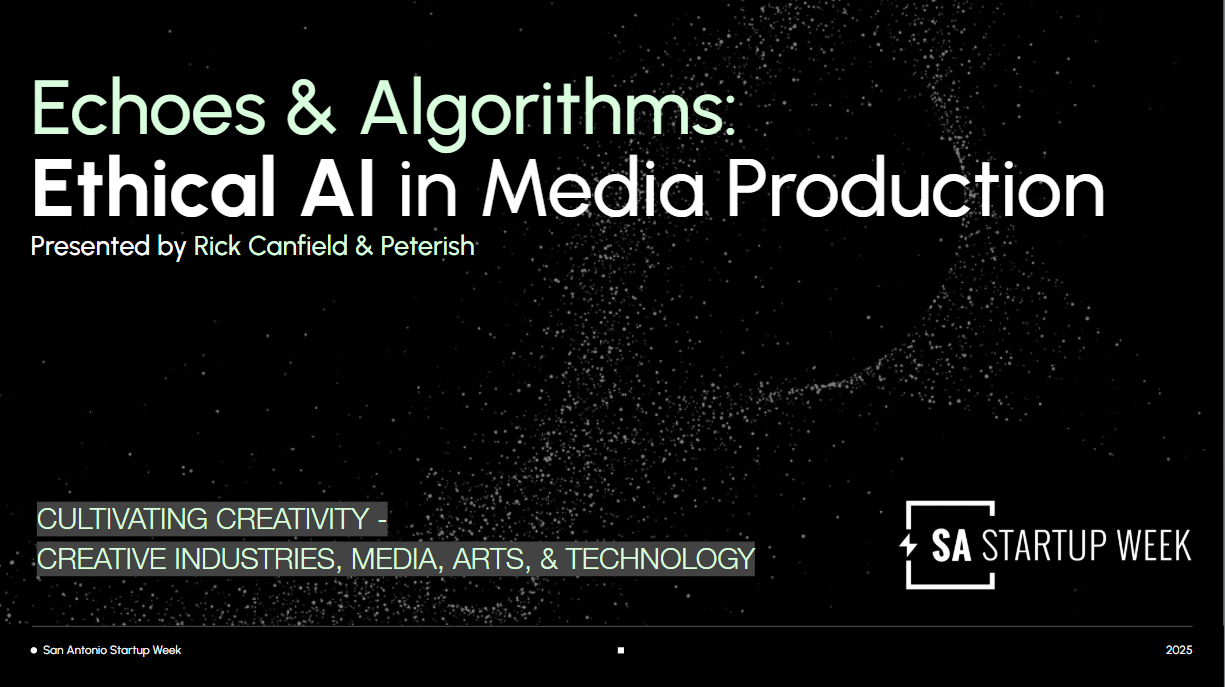Beyond the Screen: How Media Management is Revolutionizing the Metaverse
The metaverse isn’t just a new way to interact; it’s a revolutionary new medium. It shifts us from passive content consumption on flat screens to active, immersive participation in three-dimensional virtual worlds. This seismic change is forcing the entire media industry to rethink its fundamental processes, starting with the very backbone of content creation and distribution: Media Management.
The old systems of Digital Asset Management (DAM) and Media Asset Management (MAM) were built for a 2D world of images, videos, and documents. The metaverse, however, is a hungry beast that demands an entirely new approach.
The New Media Paradigm: 3D and Interactivity
In the metaverse, a single “piece of media” isn’t a simple file—it’s a complex collection of interconnected assets:
- 3D Models and Textures: Detailed, high-resolution models for everything from avatars to buildings, requiring massive storage and rapid, real-time streaming.
- Spatial Audio: Sound that changes based on a user’s virtual position and environment, crucial for immersion.
- Interactive Logic: The code and metadata that dictate how an object behaves, interacts with physics, and responds to user input.
- Non-Fungible Tokens (NFTs): Digital proof of ownership for virtual goods, linking media assets to the decentralized economy.
Managing this complexity is the new frontier of media management. Traditional systems buckle under the weight of these massive, multi-faceted files and the need for real-time delivery.
The Challenges Redefining Media Management
The shift to the metaverse brings three massive challenges to the forefront of media management:
1. The 3D Digital Asset Management (3D DAM) Imperative
Standard DAM systems are ill-equipped to handle the specific needs of 3D assets. A new class of 3D DAM is emerging to tackle:
- Version Control: Tracking changes to a complex 3D model, its materials, and its logic across multiple creators and platforms is exponentially harder than tracking a video edit.
- Optimization and Streaming: Assets must be optimized and streamed in real-time to a variety of devices (VR headsets, phones, PCs) without lag. The system must deliver the correct file size and format for each device instantly.
- Metadata for Spatial Context: Metadata must evolve beyond simple tags to include spatial coordinates, interaction protocols, and lighting information—essentially cataloging how the asset exists and behaves in space.
2. Cross-Platform Interoperability and Standards
The promise of a true metaverse relies on a user’s ability to take their avatar, their virtual clothing, or their digital art from one virtual world to another. This is impossible without standardized asset formats. Media managers are on the front lines, grappling with:
- Standardization: The push toward open standards like glTF (the “JPEG of 3D”) is crucial, but DAM systems must be built to enforce and manage these standards across every asset created.
- Intellectual Property (IP) Tracking: In a decentralized world where content can be duplicated, repurposed, and traded as NFTs, tracking IP rights, usage licenses, and creator royalties becomes a colossal media management challenge that merges with blockchain technology.
3. The Shift from Passive Ads to Immersive Experiences
For media companies and advertisers, the metaverse changes the game from delivering a pre-recorded ad to creating a fully interactive branded experience.
- Dynamic, Contextual Content: Instead of a static banner, an advertisement might be an interactive virtual store or a pop-up AR character. Media managers need systems that can deploy and manage these dynamic, responsive experiences based on user behavior in real-time.
- Measurement and Analytics: Tracking consumption shifts from simple views and clicks to measuring interaction time, movement within a virtual space, and emotional response, demanding a new set of data-gathering and media intelligence tools.
The Future: A Data-Driven, Real-Time Ecosystem
Media management in the metaverse is evolving into a discipline that sits at the intersection of gaming, decentralized finance, and traditional content delivery. The future involves:
- AI-Powered Asset Creation and Tagging: AI will automatically optimize 3D assets, tag them with rich spatial metadata, and even generate variations for different platforms.
- Integrated IP and Royalty Management: Every asset will be tied to a blockchain-enabled identity, ensuring that creators are automatically compensated whenever their content is used or sold, regardless of the platform.
- The Content Delivery Network (CDN) of the Future: New 3D Content Delivery Networks will specialize in lightning-fast delivery and rendering of complex spatial data, making the metaverse truly seamless and lag-free.
The metaverse is the ultimate expression of immersive media. To unlock its potential, the media industry must first master the art of managing its content, transforming the humble file storage system into the hyper-intelligent engine that powers our next digital reality.
- Echoes & Algorithms: Ethical AI in Media Production - October 28, 2025
- Creativity and AI Ethics: An Essential Toolkit for Game Dev Success - August 1, 2025
- Echoes on the Canyon Walls: Why the Pecos Rock Art is North America’s Oldest Grand Media - May 1, 2025






